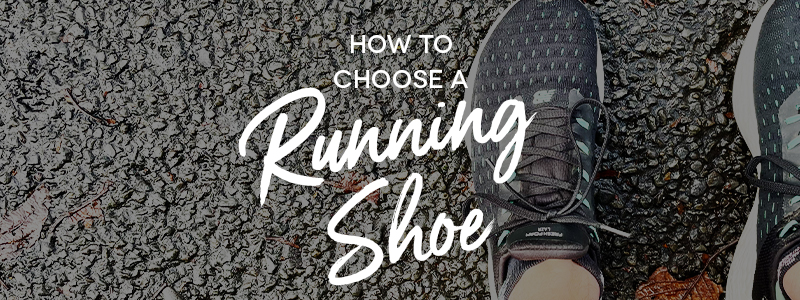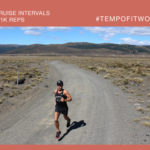
By Hayden Shearman
It’s a multi-billion dollar industry, so how do we decipher the smart way to choose a running shoe from the marketing messages and hype? Here are four tips that I give to runners to help them on their shoe hunting journey.
- Buy several shoes, not just one. This is great news for the shoppers amongst us, but also great news for the more frugal shopper. I encourage runners to have several shoes that you rotate through, only wearing one pair of shoes once or twice per week.
This gives your feet some variety from day to day and avoids you getting locked into a certain movement patter, which should help to reduce injury risks and therefore keep physio bills down. It’s an upfront cost, but should pay off long term.
- Try lots of shoes. Don’t just settle for the first or second shoe that you try on at the running shoe store. Instead, set up camp in the store for an hour or more, trying on everything that fits what you’re after. This will give you a good understanding of the differences between brands and models and allow you to notice the subtle differences in the way your foot interacts with the shoes.
As an example, one of my first pairs of running shoes was sold to me because it performed best on the store’s video analysis tool. But it gave me terrible blisters. If I had tried on more shoes, I would have realised there was a niggly discomfort in the sole of that shoe that would get a lot worse when foot swelled when running.
- Pronation isn’t the problem we’re made to believe it is. This is a big one and is very controversial. But the research just simply does not back up the idea that motion controlling shoes reduce injury risks. It’s big changes in training stress that lead to injury primarily, not how much or little we spend on our shoes.
However, when our shoe choice will become a problem is if we introduce a training stress from our shoe choice. For example, I sudden shift from a structured, motion controlling shoe to a light-weight, minimalist shoe could very likely lead to an overload of the calves and achilles. Likewise, I shift to a bulky, cushioning, high-heeled shoe can encourage lazy technique which can lead to knee and hip injuries in the long run.
- Find a brand and stick to it. I’ve found that different runners tend to suit different brands. So, it’s a good idea to experience all the brands on offer and decide which one/s tend to work best for you. Once you’ve got the brand then make sure you have some variety in models within that brand.
For example, I run in New Balance and have four shoes on the go at any one time. I have a more structured and padded shoe for my longer and easy runs; I’ve got an in-between shoe for everyday running and mild-to-moderate workouts; I’ve got a low-profile, lightweight racing shoe; and I’ve got a trail shoe. All have their uses and all provide a different stress stimulus, giving me that variety that our bodies crave.



